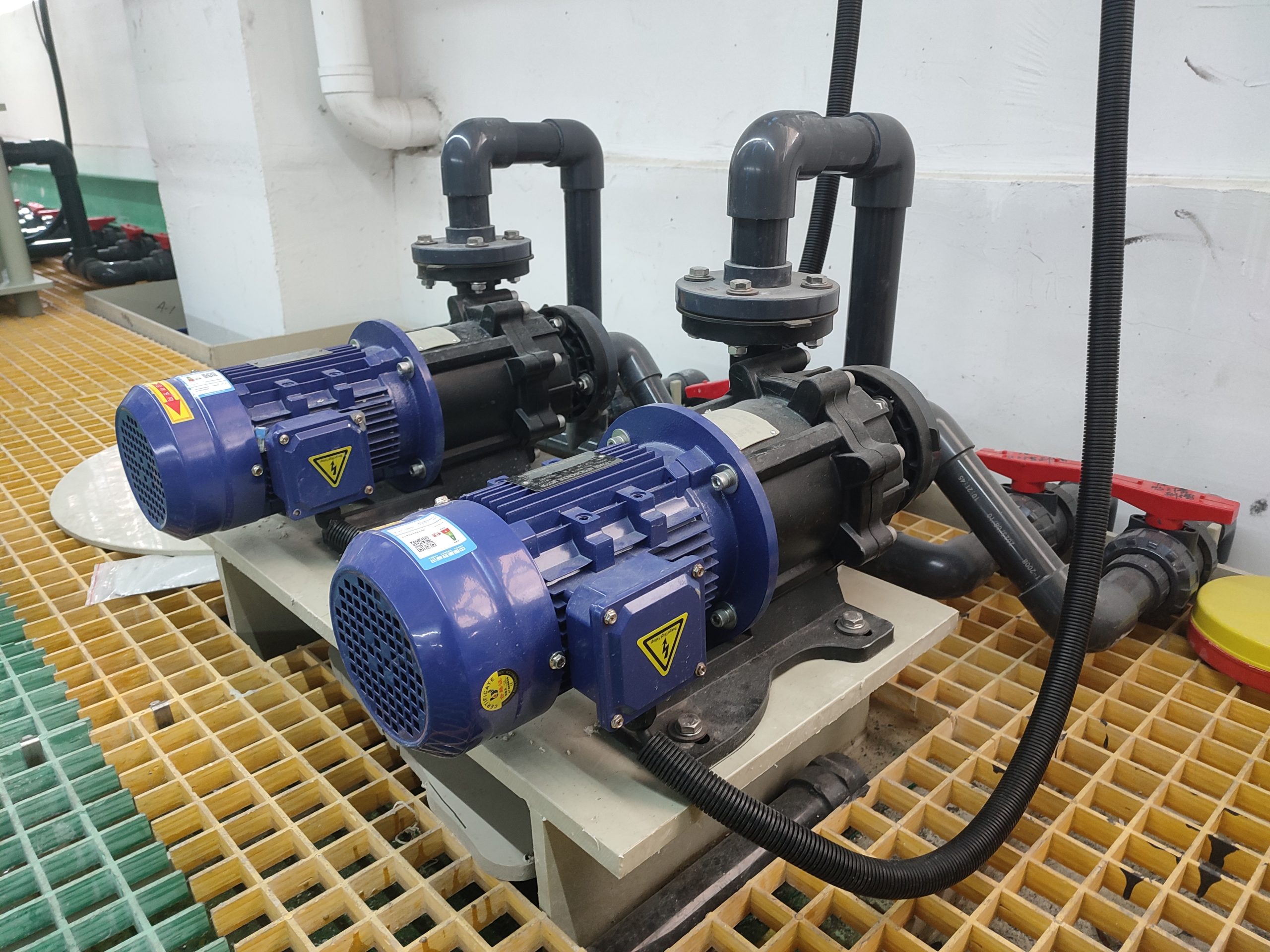1. What Is a Vertical Pump Performance Curve?
A vertical pump performance curve is a critical tool that shows how a vertical pump behaves under different operating conditions. It is typically obtained from factory testing and describes the relationships between flow rate (Q), head (H), efficiency (η), power (P), and net positive suction head required (NPSHr).
By analyzing these curves, engineers can determine whether the pump is running in an efficient, stable, and safe operating range.
2. Main Types of Vertical Pump Performance Curves
Flow vs. Head Curve (Q–H Curve)
Shows the relationship between flow rate and head.
Generally, the head decreases as the flow rate increases.
A flatter curve indicates better regulating performance and more stable operation.
Flow vs. Efficiency Curve (Q–η Curve)
Illustrates how pump efficiency varies with flow rate.
The curve usually peaks at a single point known as the Best Efficiency Point (BEP) or rated flow.
Operating near the BEP ensures maximum efficiency, minimal vibration, and longer pump life.
Flow vs. Power Curve (Q–P Curve)
Indicates the shaft power required at various flow rates.
Power typically increases with increasing flow.
The motor should always have sufficient power margin to avoid overload.
Flow vs. NPSHr Curve (Q–NPSHr Curve)
Shows the minimum suction head required to prevent cavitation.
As flow increases, NPSHr also rises.
The system must always satisfy NPSHa (available) > NPSHr (required) to ensure safe operation.
3. Key Points in Performance Curve Analysis
Determine the Operating Point
The operating point is the intersection of the pump curve and the system curve.
If system resistance increases, the point shifts left (lower flow, higher head).
If resistance decreases, it shifts right (higher flow, lower head).
Check Efficiency Range
Operating far from the BEP leads to lower efficiency and higher energy consumption.
Continuous off-BEP operation can cause vibration, noise, and bearing wear.
Verify Power Matching
The actual shaft power should not exceed 90–95% of the motor’s rated power.
Always leave an adequate safety margin to prevent motor overload.
Assess Cavitation Risk
Low inlet pressure or excessive flow can cause cavitation, damaging the pump impeller and casing.
Solutions include raising the liquid level or reducing the pump’s installation height.
4. Optimization Recommendations
During Pump Selection: Choose a pump model that operates close to its BEP under normal conditions.
During Operation: Use valve adjustment or variable frequency drives (VFDs) to keep the pump near its optimal efficiency point.
Regular Testing: Periodically measure flow, head, and power to adjust the system curve and verify performance.
Maintenance: Prevent impeller scaling or wear, which can shift the performance curve and reduce efficiency.
5. Conclusion
Analyzing the performance curve of a vertical pump is essential for ensuring efficient and safe operation. By studying the relationships among flow, head, efficiency, power, and NPSHr, operators can optimize system performance, reduce energy costs, extend pump service life, and maintain overall system reliability.








